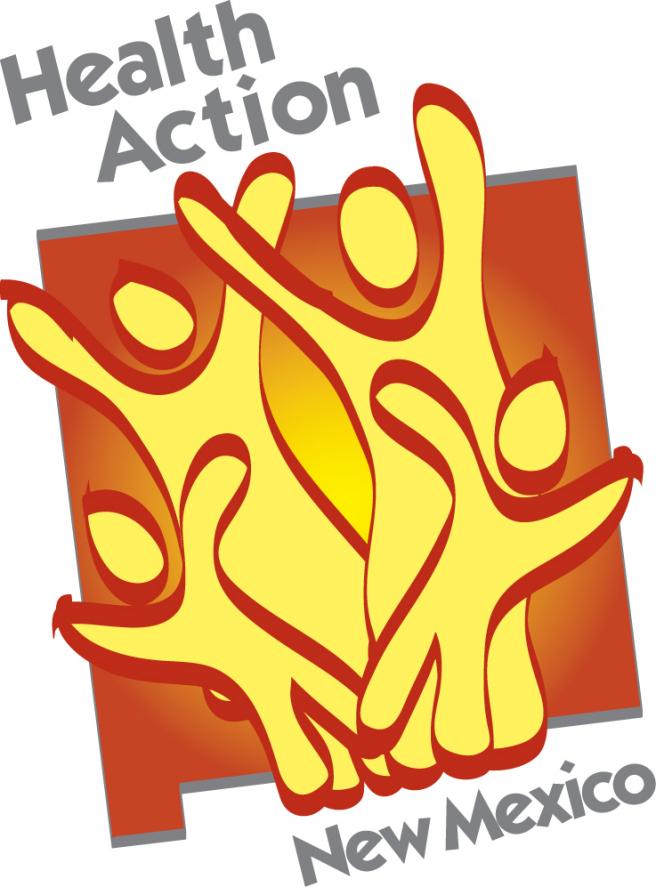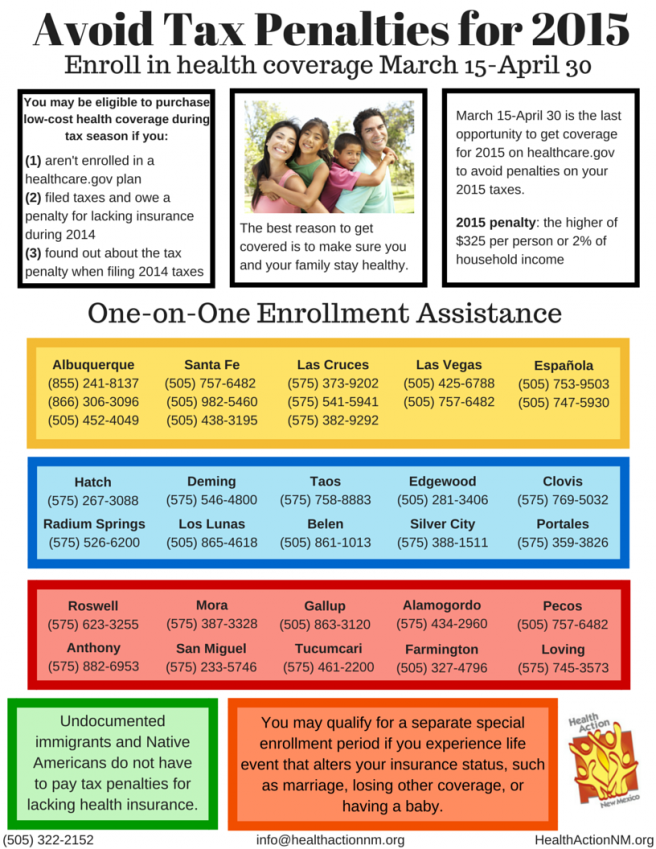What Health Action NM Staff Are Reading This Week: May 18-22
74% of consumers with Affordable Care Act (ACA) health plans are happy with their coverage – but those with high deductible plans were deeply unsatisfied. The Kaiser Family Foundation’s recent report on ACA plan satisfaction holds a great deal of positive news, with some very concerning insights as well. Overall, people are happy with their plans, have access to primary and specialty care doctors, and have a sense of financial security with their coverage. However, 32% of those with deductibles (the amount you pay before your insurance kicks in) above $1,500 rated the value of their plan as being poor whereas only 9% of those with deductibles below $1,500 thought that of their plan’s value. In addition, cost continues to be the main barrier to care and a large majority of second-year shoppers aren’t looking for new plans even though new high value plans may be available. Health Action NM will continue to advocate for higher value plans and inform consumers about the risks associated with high deductible plans.
- Barbara Webber, Executive Director
Health system expert Uwe Reinhardt makes an important point: when we focus our freedom to choose our health insurance carrier we sacrifice our freedom to choose our health care providers. A recent study showed that Americans want to be able to decide what kind of health insurance is best for them. Many debates about health care revolve around the freedom choose the health plan that you want. And while Americans value this choice, many don’t realize that insurance carriers restrict access to many providers even as they permit access to others. Some may remember the tragic story told by Dawnelle Keys, whose daughter died when she took her to a hospital that didn’t accept her insurance and was denied care. If we didn’t organize our system in a way that restricted access to providers on the basis of insurance, consumers would have more opportunities to get care when they need it from the provider they choose. This may be a conversation worth reigniting.
- Colin Baillio, Communications and Outreach
Study shows that in-person assisters play a very important role in ACA enrollment, especially those in minority populations. A recent report by Enroll America found that consumers who received help from an assister were 60% more likely to enroll in health coverage than those who attempted online enrollment on their own. The role of in-person assisters varies by state but includes Navigators, Certified Application Counselors (CACs) and health insurance agents/brokers that all help bring greater consumer awareness of ACA health insurance coverage. The most successful assistance programs are those that work in collaboration with other state entities and utilize a nationwide assistance-scheduling tool called the Get Covered Connector. This tool works to link consumers with assisters regardless of location and streamline the enrollment assistance appointment process, as well as strengthen data monitoring and alliances with like-minded organizations. Use of in-person assisters in New Mexico is vital to enrolling hard-to-reach communities throughout the state.
- Andrea Andersen, Health Policy Intern
Health reform is influencing physician provider practices in some interesting ways. A collaborative initiative between aethenaResearch and the Robert Wood Johnson Foundation called ACAView closely monitored the impacts of the ACA on medical practices in 2014. They found that: 1) A feared surge of new patient volume did not occur. Although many anticipated that primary care providers would be burdened by an influx of new patients, the overall change was less than 0.3%. This lack of change may be due to continued use of urgent care clinics or emergency services by the newly insured and this was not monitored ACAView; 2) Physician offices in states that expanded Medicaid have seen sharp decreases in uninsured patients. In states that decided to expand Medicaid there was a 39% decrease in uninsured patients seen between 2013 and 2014, while those in non-expansion states only saw an 11% decline; and 3) More commercially insured patients are switching to Medicaid. Medicaid is often a better option for those in low-incomes jobs who don’t want to pay the higher out-of-pocket costs that come with private insurance. Health Action NM is pleased that the ACA hasn’t overwhelmed doctor’s offices & hospitals and that Medicaid expansion is serving our population well.
- Andrea Andersen, Health Policy Intern
Health Action




